-
Posts
434 -
Joined
-
Last visited
-
Days Won
1
Content Type
Profiles
Forums
Gallery
Events
Blogs
Posts posted by Herra Kuulapaa
-
-
I've noticed that they're using two different adhesives in Nikon D5100/D7000 models. Sourcing of the production materials I guess.
One is tight and the second, it's insanely tight. There's a heat release difference between them. That picture is the second type of adhesive. It tends to shatter glass also horizontally instead of just vertical fractures of "regular" tight glue.
-
This case is a Nikon D7000 sensor with a glass shard unconfortably close to the bonding wires.

Shard was fixed with epoxy and sensor works fine, but a close call nevertheless. See the microscopic wiring on the blue area? No scratching those if you wish to use sensor to imaging anymore..
-
 1
1
-
-
It's most likely a some sort of reflection, but have you read about the cases of eye cancer detected by photos?
-
Unmodified DSLR is practically blind to near IR (>950nm).
Here's a handheld picture pair showing how sensitive the modified sensor is (no IR filter, color picture is there just for fun).
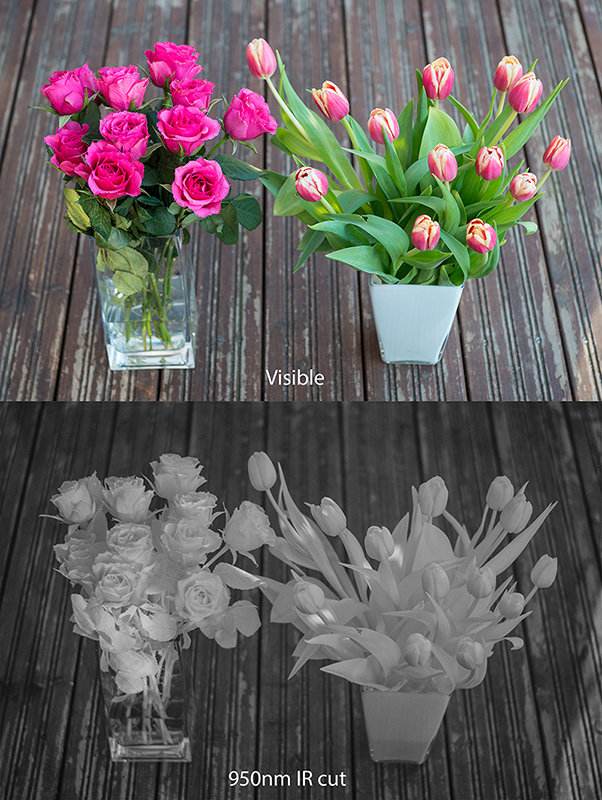
It's a good idea to filter IR out...
-
 1
1
-
-
So I was trying this on my 550d. I put the sensor back in to see how it was looking but my images are only coming out black, even when Im using live view. Anyone have any idea? Ive taken the camera apart down to the sensor and put it back together several times looking for a connection I missed but I cant find anything. Thanks in advance.
Your ticket didn't win and you have a questionable honor to join the club of DSLR killers.
It's a dead sensor

-
 1
1
-
-
100 pages and still the will it / won't it uncertainty.
Mostly doesn't
 And here's one 550D that does not either.
And here's one 550D that does not either.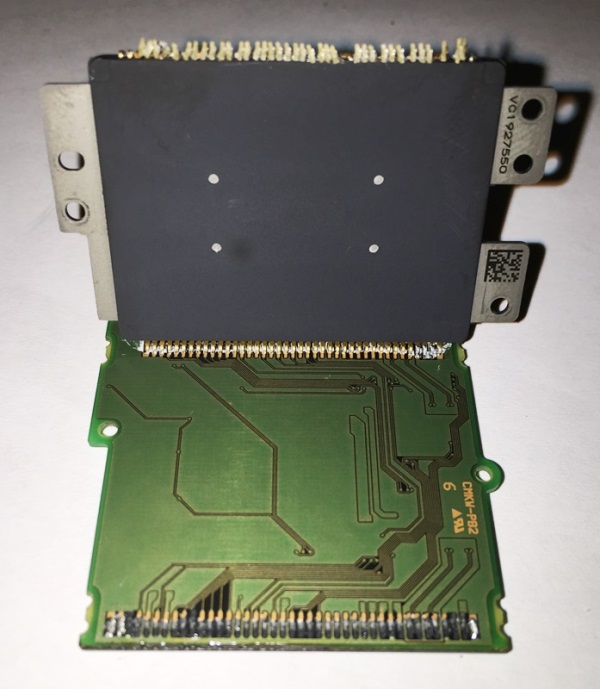
But something we can learn nevertheless: There should be no shortcircuit risk with cold finger as far as one keeps away from the sensor connectors. Space is really limited with 550D, there's still enough space for a thin element though.
-
Just to avoid confusion:
Although I posted the dark curreny table above, the Landingfield blog is not mine. It belongs to a member/writer "astronomer" in Nikonhacker.com
-
 1
1
-
-
I have a question. Not for myself, I'm not a astrophotographer, but from a friend.
If you count that a DSLR cannot be cooled in the same manner as a dedicated CCD camera, this operation, of debayering a DSLR sensor, it is worth the effort, even if we think that the result could be very good?
Hi,
I depends if one can get it right first or second time. After that, hardly anymore if one is a sane person (it usually helps not to be). There is however a considerable risk of failure involved.
DSLRs can be cooled though and some interesting results can be achieved with that.
This is what happens in Nikon D7000/D5100 sensor when temperature decreases:
Dark current: "0.14eps at RT and 0.005eps at freezing."
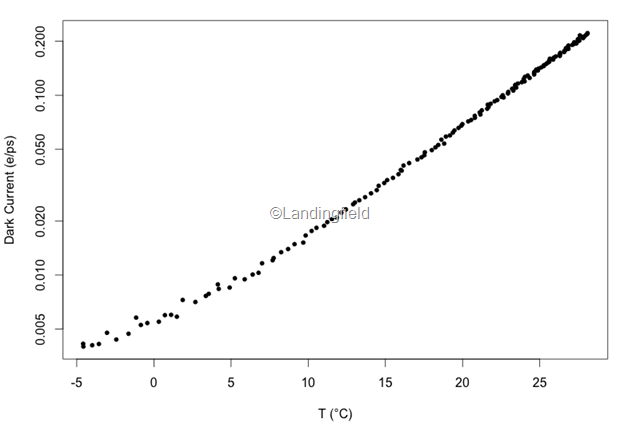
Member: Astronomer at www.Nikonhacker.com, Writer of https://landingfield.wordpress.com/
And how it shows in real life:

My own picture, Cooled monochrome 5100 frame, ISO1600/10min, true dark current enabled.
Bigger image showing the noise characteristics better:
-
 1
1
-
-
Heh, well, if I start of the mount first, it may be hard to believe, but I'm working with a slightly smaller budget, if it even can be called such..

And what a job it would be focus them all !!

-
Did you Gina do imaging with two cameras?
I have this kind of crazy idea to be tested. Two monochrome Nikon D5100 bodies with narrow band filters.
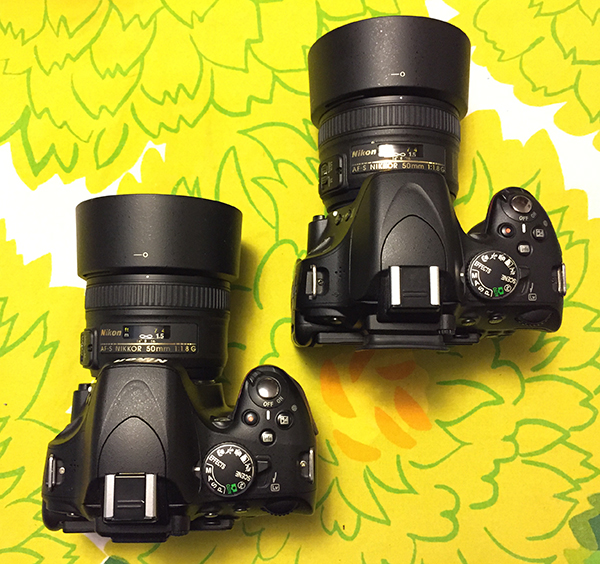

-
...
However after debayering the sensor with the melamine tool I now get Err99 showing through the viewfinder. ...
That's an unspecified error. It may or may not be the sensor. But who knows.
When you kill a sensor deviously with heat you'll get the err70.
One hundred pages of dead cameras

-
 1
1
-
-
Hello all, i have a question regarding the cover glass removal.
At the moment i try local heating with a soldering ion. However the glue doesn`t turn opaque. In some locations at the edges of the glass i can see that the coverglass is lifting, but the glass itself sits in a frame and i can`t go underneath the glass except at one corner. An at that corner i can`t get the glass to lift. Could it be that the soldering ion doesnt get warm enough? SHould i try to get a pen torch?
Thanks for your help!
Yes, it sounds like there is not enough heat.
I believe pen torch could help, but be careful not to overheat it.
-
Maximum operating temperature for most CMOS sensors is around 65-70°C. But that is on-temperature in which junction operation is stable but imaging most likely not anymore feasible. They can however resist and survive off-temperatures "much" higher, like semiconductors usually do. How much higher? I really cannot say and due to the fact that I suspect having heat killed one 550D sensor I'd be cautious.
-
So mabye it's just the heat (not the UV?!) which destroys the surface and which makes it easer to remove the Matrix?
how much heat does a sensor take?
Maybe bake it bevor removing the bayer Matrix?
Heat changes the sensor surface, but one can see only minor change in color and reflectivity. There is no however clear difference when removing lenses and filters. I also recommend avoiding sensor surface changing heat at least for Canon. This results err70 - been there, done that.
-
But the sensor survived the UV attack and that's good information

-
Oh, I missed the UV picture above, mobile phones...
-
Like flolic, I also wonder how the intensive and long lasting UV exposure affects sensitive photosites. And does it make any difference if sensor is active/inactive during it.
Please post some images of the results.
-
Thanks, very interesting.. I need to try dichloromethane.
Don't know yet how to introduce it under the glass though. Maybe I need to submerse the whole chip in solvent. I wonder how that would end

-
I have some doubts about the cnc method. It practically would need to vaporize the glass and still make no pressure variances on gold connectors. I'd say the connectors have a snow ball chance (in hell
 .
.It's more like experiment because I'm rather sure sensor is gone already.
-
How to know when to have applied too much heat? Well, you know you've gone too far when you see minor change in color of the pixel surface while the cover glass is still on. I have a very "nice" sample in form of the full frame Nikon D600 sensor. Interesting thing is that one can get the glue change its color to white, but it doesn't mean anything about releasing though. D*mn, these are a bit pricey experiments

Next test is to apply a CNC to it. It's interesting to see how it works.
Meanwhile I imply subtle way that have to sell my current monomod Nikon D5100 to cover some costs..
-
 1
1
-
-
Some unfortunate news for a change. For the last couple of months I’ve been trying to modify a full frame Nikon D600 sensor and now I have to admit that it cannot be done.
Issue is the resin between the cover glass and sensor frame. It seems that the heat needed to release the resin exceeds tolerance of the sensor by a great margin. I have used nearly ten hours with different heating methods but it doesn’t even give the normal color change. Also the resin is so hard that there is no way putting anything between the glass and the frame. Sensor frame on the other hand is so hard that you can only affect it with a Dremel cutting disk and that shatters the glass in process. Even though there is a way to Dremel a passage under the glass and pry glass from there, it doesn’t help.
There may be a mechanical way to remove the glass, high precision cnc or something, but it cannot be done by the methods described in this thread.
Brave ideas are welcome though..
-
Frost, anyone?
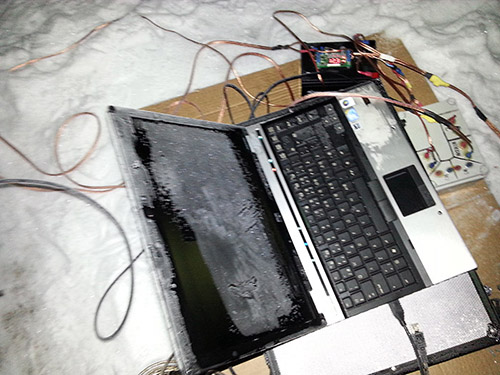
Computer cooling?
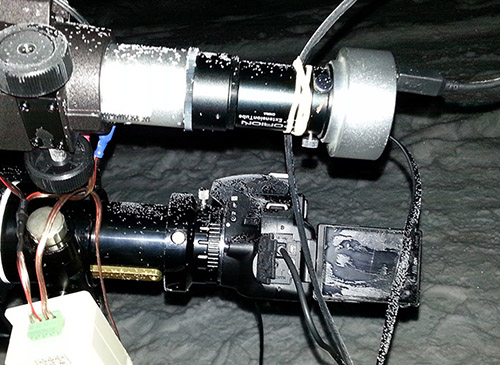
Carbon neutral cooled D5100

-
 3
3
-
-
Funny thing about astrophotography in Finland is that it usually is quite cold during winter and it makes cooling quite a bit easier than for example in Portugal. You may have some other climate benefits there though

Anyway, what I mean is that it's not uncommon to take exposures somewhere between -10 and -20°C. We all know what does to noise
 During my temperature tests I noticed that D5100 sensor stabilizes at ~12°C above ambient temperature during long session. This means that the sensor actually is already at optimal temp during cold weather. But what fun would it make to let nature do the cooling?! Nothing, so I'm working on TEC D5100 monomod
During my temperature tests I noticed that D5100 sensor stabilizes at ~12°C above ambient temperature during long session. This means that the sensor actually is already at optimal temp during cold weather. But what fun would it make to let nature do the cooling?! Nothing, so I'm working on TEC D5100 monomod 
-
 1
1
-
-
I got infected, by an idea to cool down my Nikon D5100 monomod. For that I did some temperature tests with ISO1600/10min dark frames. An average temperature during the exposure was measured with 0,1°C precision meter attached directly to sensor and noise was analyzed with Pixinsight noise analysis tool.
Here is the first part of the test:
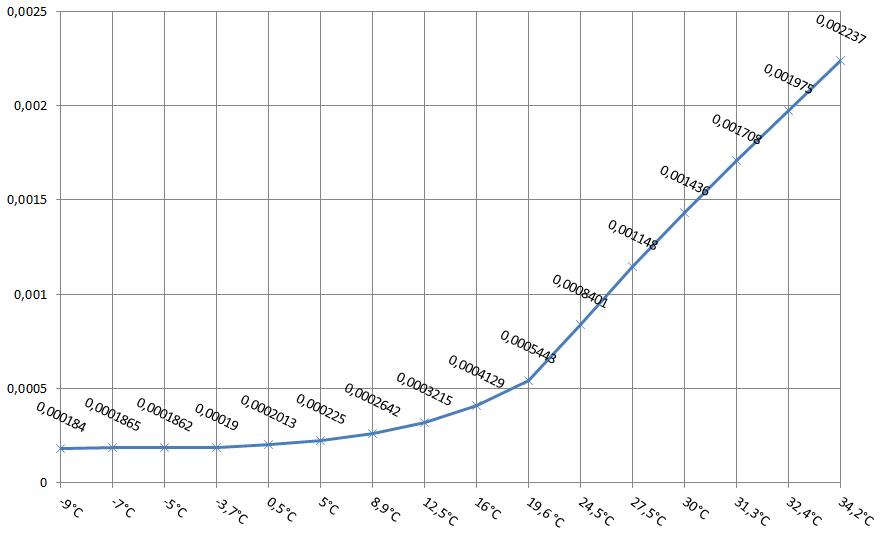
Noise starts to increase faster when sensor exceeds 20°C.
And second part is the zoomed in table of low temperatures:
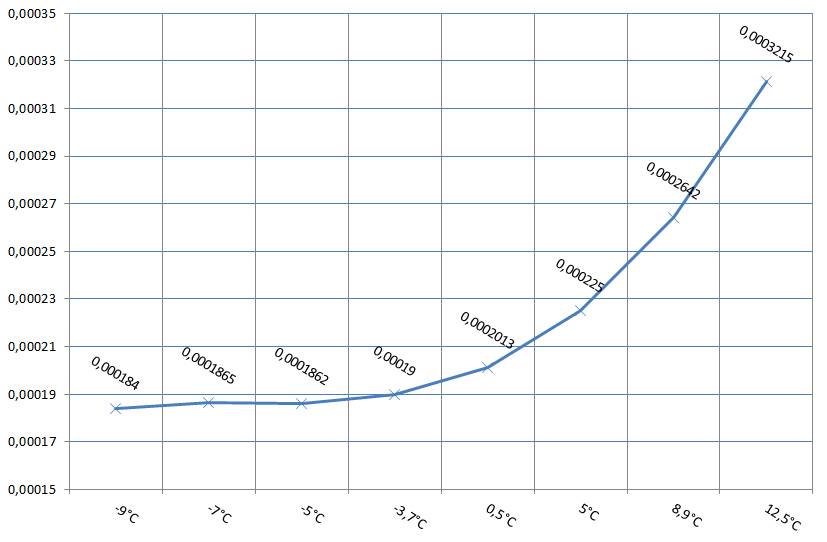
Data was dark current included and no subtractions were made. Conclusion is that I'll aim to -5°C sensor temperature with D5100, practically same results Fred got.








Debayering a DSLR's Bayer matrix.
in DIY Astronomer
Posted · Edited by Herra Kuulapaa
I'm sorry to hear that
Do you know how/why it failed?
Ps. A 3x180sec HA image (with horrendous light pollution coming from a street light below the image) to motivate you continue.